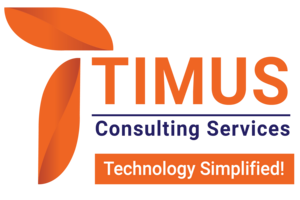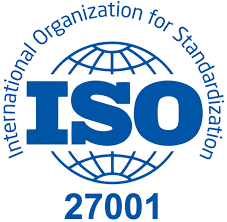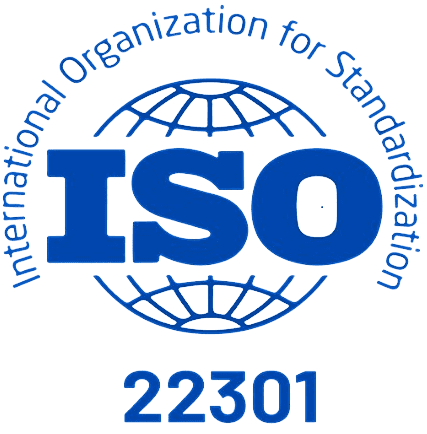Introduction
In today’s rapidly evolving business landscape, organizations face increasing regulatory scrutiny, cybersecurity threats, and operational risks. To effectively manage these challenges and maintain compliance with regulatory requirements, businesses are turning to Continuous Monitoring within their Governance, Risk, and Compliance (GRC) frameworks. In this blog post, we’ll explore the significance of Continuous Monitoring in GRC, its benefits, and best practices for implementation.
Understanding Continuous Monitoring in GRC
Continuous Monitoring is a proactive approach to risk management and compliance that involves the ongoing assessment and surveillance of key processes, controls, and systems. Unlike traditional periodic assessments, Continuous Monitoring enables organizations to detect and respond to risks and compliance issues in real-time, reducing the likelihood of costly violations and operational disruptions.
The Benefits of Continuous Monitoring in GRC
1. Real-Time Risk Detection:
Continuous Monitoring allows organizations to identify potential risks and compliance violations as they occur, enabling timely intervention and mitigation strategies.
2. Enhanced Compliance:
By continuously monitoring processes and controls, organizations can ensure ongoing compliance with regulatory requirements, industry standards, and internal policies.
3. Improved Operational Efficiency:
Continuous Monitoring streamlines risk assessment processes, reduces manual effort, and automates routine tasks, leading to greater operational efficiency and resource optimization.
4. Proactive Issue Resolution:
Continuous Monitoring enables organizations to proactively address emerging risks and compliance issues before they escalate into significant problems, minimizing the impact on operations and reputation.
5. Data-Driven Decision Making:
Continuous Monitoring provides organizations with real-time data and insights into their risk and compliance posture, empowering informed decision-making and strategic planning.
Best Practices for Implementing Continuous Monitoring in GRC
1. Define Clear Objectives:
Clearly define the objectives and scope of Continuous Monitoring initiatives, aligning them with organizational goals, regulatory requirements, and risk appetite.
2. Identify Key Risks and Controls:
Identify critical business processes, risks, and controls that require continuous monitoring, focusing on areas with the highest impact on business operations and compliance.
3. Select Appropriate Tools and Technologies:
Choose suitable tools and technologies for data collection, monitoring, and analysis, ensuring compatibility with existing systems and scalability to accommodate future needs.
4. Establish Monitoring Metrics and Thresholds:
Define key performance indicators (KPIs) and thresholds for monitoring risk and compliance metrics, enabling timely alerts and notifications for deviations from expected norms.
5. Implement Automated Alerts and Notifications:
Implement automated alerting mechanisms to notify stakeholders of significant risks, compliance violations, or anomalies detected during Continuous Monitoring activities.
6. Regular Review and Evaluation:
Conduct regular reviews and evaluations of Continuous Monitoring processes and results, identifying areas for improvement and optimization to enhance effectiveness and efficiency.
Conclusion
Continuous Monitoring is a critical component of modern GRC frameworks, enabling organizations to proactively manage risks, maintain compliance, and drive operational excellence. By embracing Continuous Monitoring practices and leveraging advanced technologies, businesses can enhance their risk management capabilities, protect their reputation, and achieve sustainable growth in today’s dynamic business environment. As organizations continue to adapt to evolving regulatory requirements and emerging threats, Continuous Monitoring will play an increasingly pivotal role in safeguarding assets, ensuring transparency, and fostering trust among stakeholders.
About us:
We are Timus Consulting Services, a fast-growing, premium Governance, Risk, and compliance (GRC) consulting firm, with a specialization in the GRC implementation, customization, and support.
Our team has consolidated experience of more than 15 years working with financial majors across the globe. Our team is comprised of experienced GRC and technology professionals that have an average of 10 years of experience. Our services include:
- GRC implementation, enhancement, customization, Development / Delivery
- GRC Training
- GRC maintenance, and Support
- GRC staff augmentation
Our team:
Our team (consultants in their previous roles) have worked on some of the major OpenPages projects for fortune 500 clients across the globe. Over the past year, we have experienced rapid growth and as of now we have a team of 15+ experienced and fully certified OpenPages consultants, OpenPages QA and OpenPages lead/architects at all experience levels.
Our key strengths:
Our expertise lies in covering the length and breadth of the IBM OpenPages GRC platform. We specialize in:
- Expert business consulting in GRC domain including use cases like Operational Risk Management, Internal Audit Management, Third party risk management, IT Governance amongst others
- OpenPages GRC platform customization and third-party integration
- Building custom business solutions on OpenPages GRC platform
Connect with us:
Feel free to reach out to us for any of your GRC requirements.
Email: Business@timusconsulting.com
Phone: +91 9665833224
WhatsApp: +44 7424222412
Website: www.Timusconsulting.com





